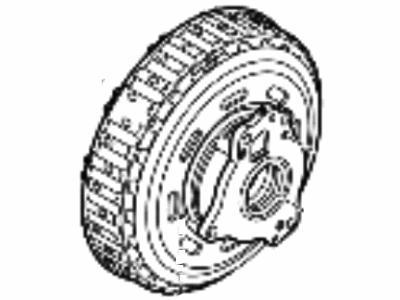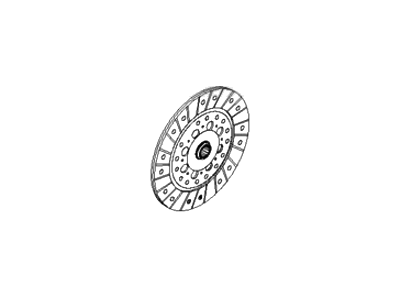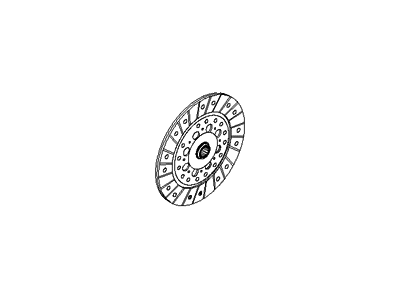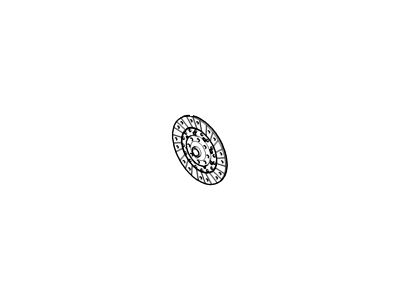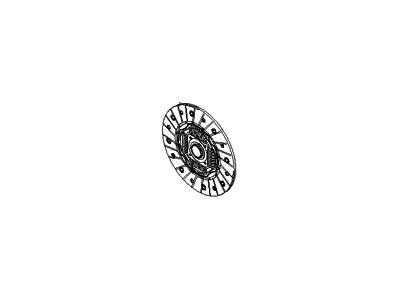×
- Hello
- Login or Register
- Quick Links
- Live Chat
- Track Order
- Parts Availability
- RMA
- Help Center
- Contact Us
- Shop for
- Hyundai Parts
- Hyundai Accessories


My Garage
My Account
Cart
Genuine Hyundai Santa Fe Clutch Disc
Friction Disc- Select Vehicle by Model
- Select Vehicle by VIN
Select Vehicle by Model
orMake
Model
Year
Select Vehicle by VIN
For the most accurate results, select vehicle by your VIN (Vehicle Identification Number).
8 Clutch Discs found
Hyundai Santa Fe Clutch Assembly-Double
Part Number: 41000-2N510$788.52 MSRP: $1127.48You Save: $338.96 (31%)Ships in 1-3 Business DaysHyundai Santa Fe Disc Assembly-Clutch
Part Number: 41100-24900$226.68 MSRP: $318.48You Save: $91.80 (29%)Ships in 1-3 Business DaysHyundai Santa Fe Disc Assembly-Clutch
Part Number: 41100-24200$226.68 MSRP: $318.48You Save: $91.80 (29%)Ships in 1-3 Business DaysHyundai Santa Fe Disc Assembly-Clutch
Part Number: 41100-3A150$240.21 MSRP: $337.48You Save: $97.27 (29%)Ships in 1-3 Business DaysHyundai Santa Fe Disc Assembly-Clutch
Part Number: 41100-3A140$114.25 MSRP: $160.52You Save: $46.27 (29%)Ships in 1-3 Business DaysHyundai Santa Fe Disc Assembly-Clutch
Part Number: 41100-39140$226.68 MSRP: $318.48You Save: $91.80 (29%)Ships in 1-3 Business DaysHyundai Santa Fe CLUTCH ASSY-DOUBLE
Part Number: 41000-2N610$868.97 MSRP: $1242.52You Save: $373.55 (31%)Ships in 1-2 Business DaysHyundai Santa Fe Disc Assembly-Clutch
Part Number: 41100-39120$114.25 MSRP: $160.52You Save: $46.27 (29%)Ships in 1-3 Business Days
Hyundai Santa Fe Clutch Disc
If you are looking for affordable high-quality OEM Hyundai Santa Fe Clutch Disc, then you have come to the prime place. Our website provides a large amount of genuine Hyundai Santa Fe Clutch Disc at unbeatable prices. All our parts come backed with the manufacturer's warranty.
Hyundai Santa Fe Clutch Disc Parts Questions & Experts Answers
- Q: How to remove Clutch Disc and Release Bearing on Hyundai Santa Fe?A:Most clutch components are therefore accessed by having to pull out the transaxle out of the car. If the engine is to be removed for a major overhaul head gasket wear must be suspected so the clutch should be checked and worn parts replaced since the cost of clutch parts is low and it is recommended that clutch components be replaced if the engine or transaxle is removed, unless they are almost new. First, securely suspend the engine, preferably with the aid of an engine hoist/removal fixture from above; it is suggested that a piece of wood be inserted between a jack and the oil pan to evenly spread the load off the oil pump pickup. Clutch fork can be left engaging with the bell housing. For up to models within the 2001-2006 range shift the release bearing to the side to reveal the snap-ring, then use the snap-ring pliers to pick the ring. For all models, check the fly wheel and clutch for index marks, if not available, scratch index marks so as to ease the fitting process. Thread a clutch alignment tool through the center hole of the disc and pull it up to secure it Then turn the pressure plate bolts counterclockwise while holding it in a star-like pattern to remove the pressure plate and clutch disc. While inspecting, make sure you check the flywheel for any visible cracks or defects and at the same time ensure that the clutch centre has a lining of at least 1/16 inch above the heads of the rivets, if not doubts should arise to replace the clutch disc. The release bearing also should be changed together with the clutch disc, the state of the pressure plate should be studied and, if necessary, it is replaced. While installing, make sure that the fly wheel and pressure plate surfaces are clean, place the clutch disc rightly and then tighten it with the help of the alignment tool. Check the width of interference of pressure plate and install it with any previous marks made and then tighten the bolts in the criss-cross manner at last, the process should be done in backward manner of how it was removed.
